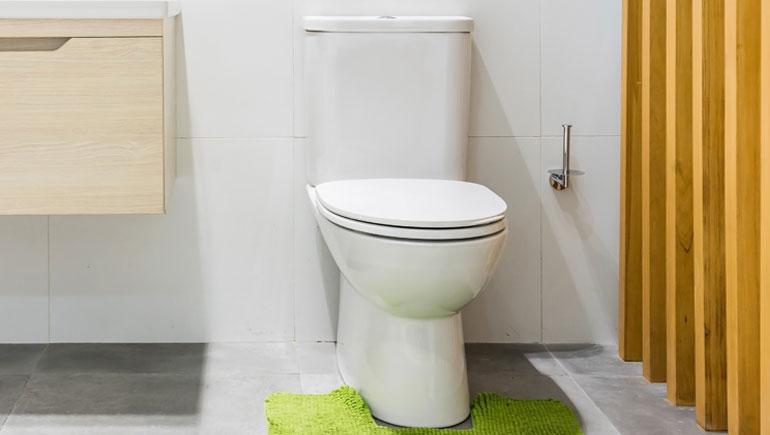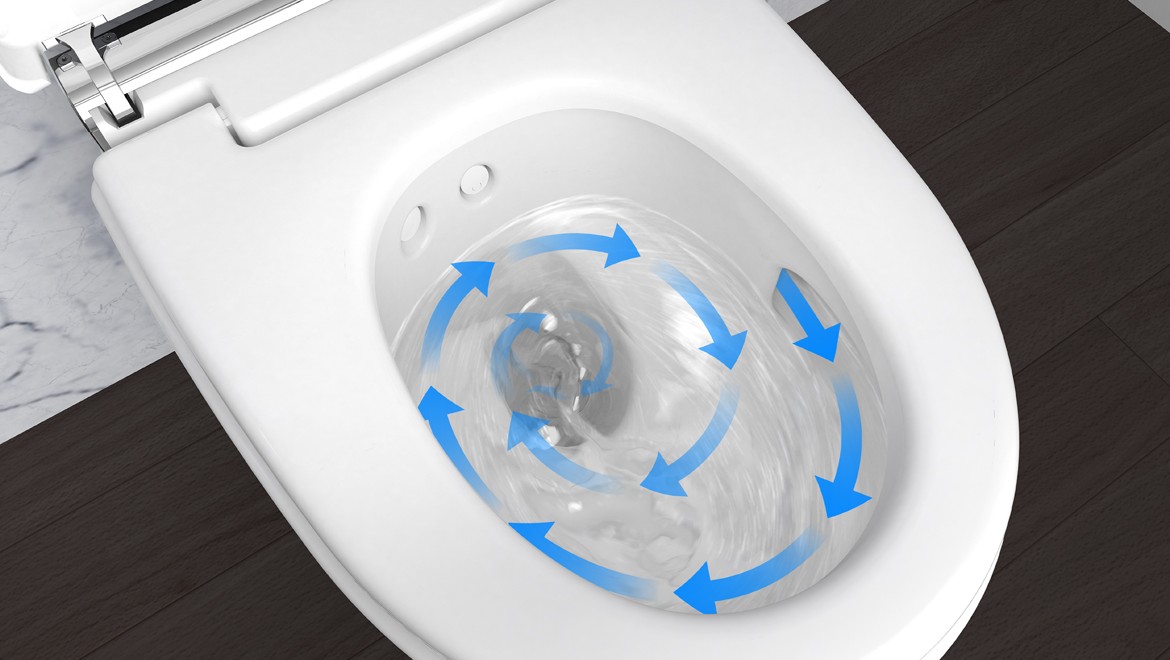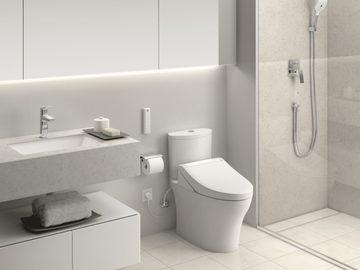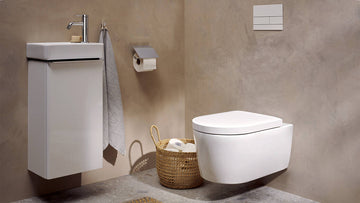Water conservation is a significant concern in today's world, driving the need for more efficient water usage in our daily lives. One area of particular interest is the toilet, which is a major water consumer in most households. Understanding how to calculate toilet water savings can help individuals and industries alike make informed decisions about water usage and conservation.
When discussing toilet water savings, it's essential to consider the impact of modern toilets, such as high-efficiency and dual-flush models, which are designed to use less water per flush. Calculating potential savings not only helps in reducing water bills but also plays a crucial role in environmental conservation efforts.

Understanding Water Usage in Toilets
The first step in calculating water savings is understanding the current water usage of your toilet. Traditional toilets can use up to 3.5 gallons per flush (gpf), whereas newer models use significantly less. High-efficiency toilets, for instance, use about 1.28 gpf, and dual-flush toilets offer two flushing options: a full flush for solids and a reduced flush for liquids, often using as little as 0.8 gpf for the latter.
The Role of High-Efficiency Toilets
Investing in a high-efficiency toilet can result in substantial water savings. According to EPA WaterSense, replacing an older toilet with a high-efficiency model can save up to 13,000 gallons of water per year. This significant reduction not only lowers your water bill but also lessens the environmental impact.
For more insights on the advantages of these toilets, you can explore an interesting article about high-efficiency toilets.
Calculating Your Toilet Water Usage
To calculate your toilet water savings, you need to know the current water usage of your toilet and compare it with the usage of a more efficient model. Here's a simple formula to determine potential savings:
Current Usage: Calculate the gallons used per flush multiplied by the average number of flushes per day and then by the number of days in a year.
New Model Usage: Repeat the calculation with the water usage of the new toilet model.
Annual Savings: Subtract the new model usage from the current usage to determine the annual water savings.
Implementing Dual-Flush Systems
Another effective way to save water is by installing dual-flush toilets, which allow users to choose between a light flush and a full flush. This flexibility enables households to significantly reduce water usage, especially in high-traffic areas. Learn more about their benefits in this article on dual-flush toilets.
Maximizing Water Savings with Smart Toilets
Incorporating smart technology into toilets can further enhance water savings. Smart toilets often have features that optimize water usage based on the needs of the flush, ensuring efficiency without sacrificing performance. For more on this innovative solution, check out this article on smart toilets for water conservation.
Real-Life Benefits of Toilet Water Savings
Adopting water-efficient toilets leads to tangible benefits, including lower utility bills and a reduced carbon footprint. Many communities and organizations are recognizing these advantages and are increasingly promoting the use of water-saving toilets as part of broader conservation initiatives.
Portable Options for Water Savings
For those interested in portable solutions, there are water-saving toilet options that can be easily moved and installed, offering flexibility and efficiency. You can read more about these innovative solutions in this article on portable water-saving toilets.
Conclusion
Understanding how to calculate toilet water savings is a critical step in promoting sustainable water usage. By investing in high-efficiency and smart toilets, as well as implementing dual-flush systems, individuals and industries can significantly reduce their water consumption, contributing to a healthier environment and more sustainable future. For more tips on conserving water at home, visit this resource.

FAQs
What is a high-efficiency toilet?
A high-efficiency toilet uses 1.28 gallons per flush or less, saving significant amounts of water compared to older models that use up to 3.5 gallons per flush.
How much water can dual-flush toilets save?
Dual-flush toilets can save up to 67% more water compared to traditional toilets, especially in homes where liquid waste is more common.
Are smart toilets worth the investment?
Smart toilets can be a worthwhile investment for those looking to maximize water savings through advanced features that optimize water usage based on the needs of each flush.






